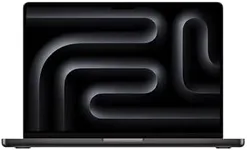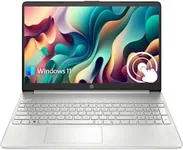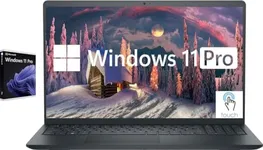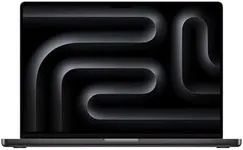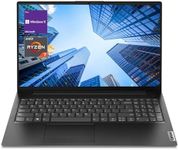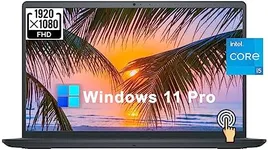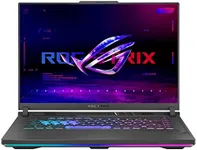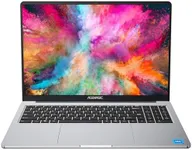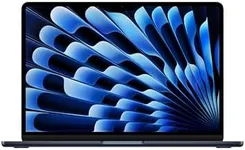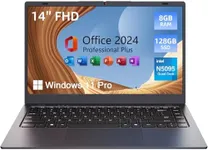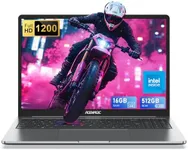Buying Guide for the Best Laptops For Video Editing
Choosing the right laptop for video editing is crucial because it directly impacts your productivity and the quality of your work. Video editing is a resource-intensive task that requires a powerful machine to handle large files, complex software, and high-resolution videos. When selecting a laptop for video editing, you need to consider several key specifications to ensure that the laptop can meet your needs and provide a smooth editing experience.Processor (CPU)The processor, or CPU, is the brain of your laptop and is responsible for executing tasks and running programs. For video editing, a powerful CPU is essential because it handles the rendering and exporting of videos. CPUs are typically divided into different segments based on their performance: entry-level (e.g., Intel Core i3, AMD Ryzen 3), mid-range (e.g., Intel Core i5, AMD Ryzen 5), and high-end (e.g., Intel Core i7, i9, AMD Ryzen 7, 9). For video editing, aim for at least a mid-range CPU, but a high-end CPU will provide the best performance, especially for 4K or higher resolution videos.
Graphics Card (GPU)The graphics card, or GPU, is responsible for rendering images and videos. A dedicated GPU is crucial for video editing as it significantly speeds up rendering times and allows for smoother playback of high-resolution videos. GPUs are categorized into entry-level (e.g., NVIDIA GeForce MX series), mid-range (e.g., NVIDIA GeForce GTX series), and high-end (e.g., NVIDIA GeForce RTX series). For video editing, a mid-range GPU is the minimum requirement, but a high-end GPU will provide the best performance, especially for tasks like 3D rendering and effects.
RAMRAM, or Random Access Memory, is the short-term memory of your laptop that stores data for currently running programs. For video editing, having enough RAM is crucial because it allows you to work with large files and multiple applications simultaneously without slowing down your system. RAM is typically available in different capacities: 8GB, 16GB, 32GB, and higher. For video editing, 16GB is the minimum recommended, but 32GB or more is ideal for handling larger projects and more complex editing tasks.
StorageStorage refers to where your files and programs are saved on your laptop. There are two main types of storage: Hard Disk Drives (HDD) and Solid State Drives (SSD). SSDs are faster and more reliable than HDDs, making them the preferred choice for video editing. Storage capacity is measured in gigabytes (GB) or terabytes (TB). For video editing, an SSD with at least 512GB is recommended, but 1TB or more is ideal for storing large video files and projects. Additionally, having an external storage solution can be beneficial for backing up your work.
DisplayThe display is the screen of your laptop, and for video editing, having a high-quality display is important for accurately viewing and editing your footage. Key factors to consider include resolution (Full HD, 4K), color accuracy (sRGB, Adobe RGB), and screen size. A higher resolution display (4K) provides more detail and clarity, while good color accuracy ensures that your edits look consistent across different devices. A larger screen size (15 inches or more) can also make it easier to work on detailed projects. Choose a display that balances resolution, color accuracy, and size based on your editing needs.
Battery LifeBattery life refers to how long your laptop can run on a single charge. While video editing is typically done while plugged in due to its high power consumption, having good battery life can be beneficial for working on the go or in situations where a power outlet is not available. Battery life is measured in hours, and for video editing, a laptop with at least 6-8 hours of battery life is recommended. However, prioritize other specifications over battery life if you primarily edit while plugged in.
Ports and ConnectivityPorts and connectivity options are important for connecting external devices such as monitors, storage drives, and peripherals. Common ports include USB-A, USB-C, HDMI, and Thunderbolt. For video editing, having a variety of ports can enhance your workflow by allowing you to connect multiple devices simultaneously. Additionally, consider laptops with fast data transfer options like Thunderbolt 3 or 4 for quicker file transfers. Choose a laptop with the ports and connectivity options that match your specific needs and setup.
